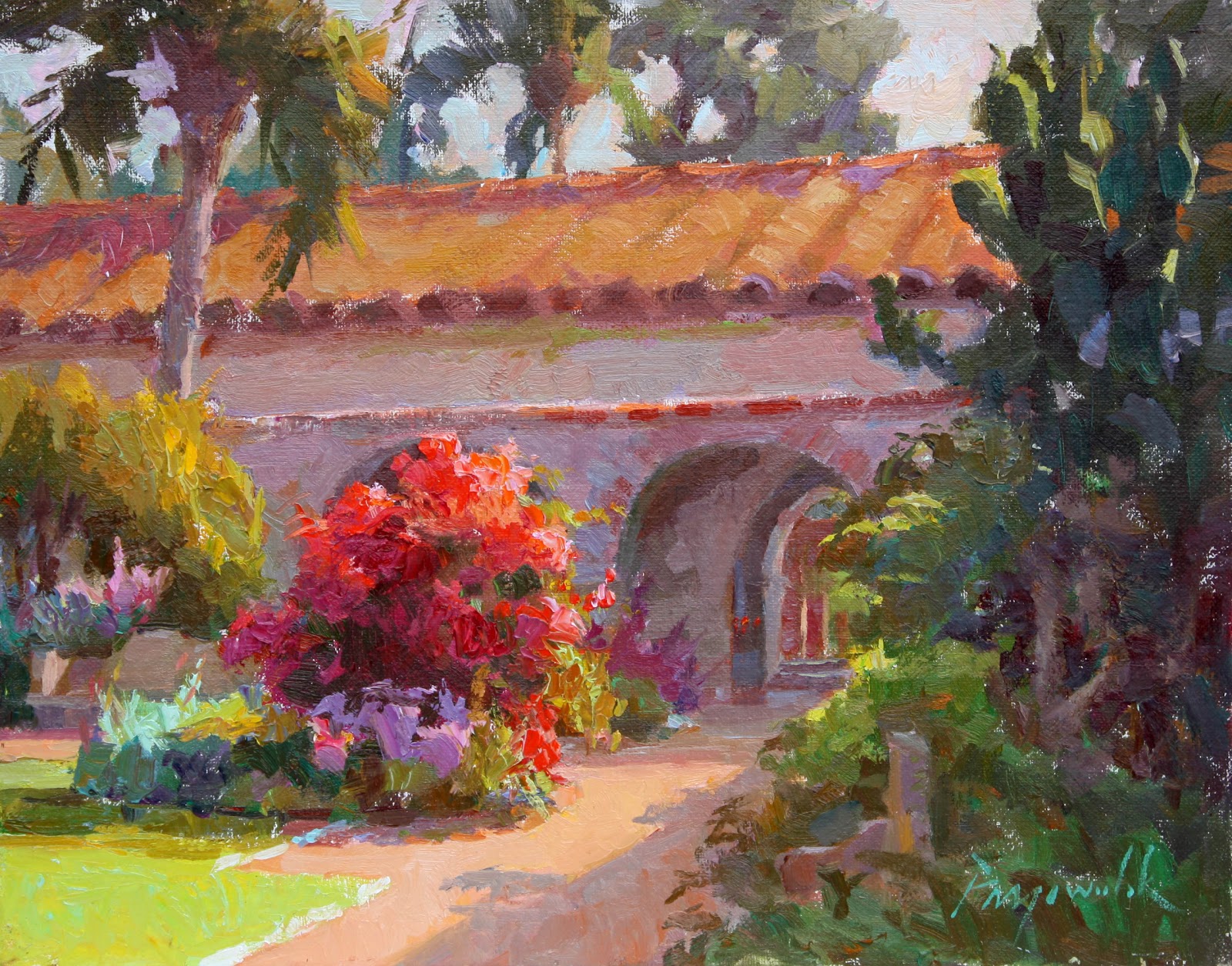Born of Spanish decendants and raised in the West Coast, Jose is a Vancouver-based graphic designer and a graduate from Capilano Univerisity’s IDEA - Illustration and Design - Program.
A lover not a fighter, Jose lives to work because it feels like play.
A socialite by nature, he loves talking about food or films directed by Wes Anderson and Stanley Kubrick.
Among other things, He’s a sucker for color schemes and beautiful sunsets.

















